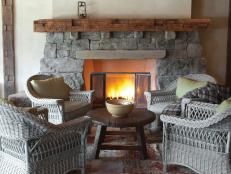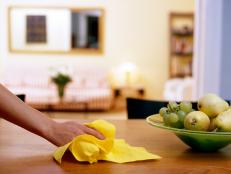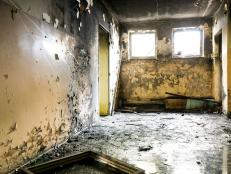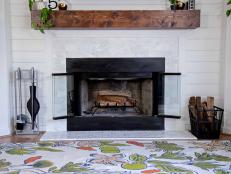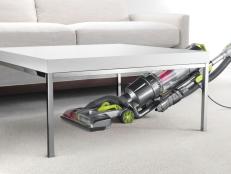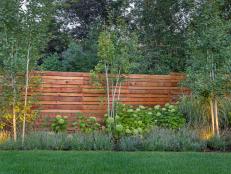Fireplaces Need Eternal Care
Question: We recently purchased a home that has the fireplace chimney blocked with cardboard and insulation. The sellers said it was to keep cold drafts out of the home. We did not have the home inspected, trusting the sellers to disclose all the problems with the home. Before starting a fire should I have the chimney inspected?
Answer: If there is something wrong with the home or if there is a known defect, you can choose to have it repaired by the sellers, get a check for the repairs from the seller, make the repairs yourself or simply ignore the problem. That pretty much covers the known defects.
The purpose of a home inspection is to discover "unknown" defects such as a damaged fireplace or chimney. I remember one home inspection where I discovered a cracked flue liner that had to be repaired at a cost of more than $4,000. The buyer was able to negotiate with the seller to share the repair costs. The cost of not making the repairs could result in the loss of the home and injury or death of its occupants.
The Consumer Products Safety Commission estimates there are more than 22,500 chimney fires each year that account for more than 50 deaths plus untold property losses. Yes, the chimney's flue, smoke chamber, fire box, damper and cap all need to be inspected before starting a fire.
Also according to the CPSC, both the chimney and the fireplace need to be cleaned and inspected "frequently" by a certified chimney sweep. I would suggest the flue liner and fireplace be inspected at least twice a year. Burning wood in a fireplace or wood stove produces creosote, a highly flammable compound that accumulates in cracks and crevices within the flue liner. When ignited, the ensuing fire can reach temperatures of 2,000 degrees. A chimney with heavy creosote buildup must be cleaned prior to use.
The Chimney Safety Institute of America and the CPSC both recommend you use a certified chimney sweep. After the flue liner or chimney has been cleaned, the chimney sweep will inspect for loose bricks, cracks, off-set liners and buckled or blistered metal liners.
I have had experience with a chimney fire and can tell you that it is frightening to hear the roar of the flames as the fire is sucked up the chimney and shoots out the top of the flue. I quickly closed the glass doors to shut off the air supply that was feeding the fire. Once the flames inside the fireplace died down, I splashed water on the hot embers, then called the fire department. I would have called the fire department sooner, but this all happened within a few seconds.
I later found out the chimney fire was the result of burning unseasoned wood. To be on the safe side, keep an ABC fire extinguisher near the fireplace. There should be a fire-resistant floor covering in front of the fireplace or wood stove because hot embers or sparks will sometimes leap from the flames into the room from a well-maintained fireplace.
The best way to prevent creosote buildup is to use only seasoned hard wood and never burn wrapping paper, cardboard or other paper trash in the fireplace.
Dwight Barnett is a certified master inspector with the American Society of Home Inspectors.






